The wastewater treatment facilities in the city of Jalal-Abad need repairs.
40°56’1883″N 72°56’7770″E
The wastewater treatment facilities in the city of Jalal-Abad are in need of repair. Currently, these facilities are outdated, and there is a threat of a breakthrough that could harm the environment. Additionally, the facilities could become a breeding ground for the spread of dangerous infectious diseases. According to the agency, the used dirty water from residents is entering old treatment facilities that are unable to process and filter it.
Experts acknowledge that the quality of water is declining overall in the republic. Today, the structure of economic entities in Kyrgyzstan has changed, and accordingly, the structure of pollution has also changed. Industrial pollution has decreased, while household pollution, related to existing treatment facilities, prevails, with wastewater entering rivers.
The major rivers of Kyrgyzstan are currently experiencing significant anthropogenic impact. In the coastal zone, household waste, construction debris, accumulation of plant waste, agricultural animal waste, and municipal solid waste dumps are found. This disrupts the river ecosystems, and waste is already being dumped directly into the river floodplains. The treatment facilities in Karakol, Cholpon-Ata, Balakchi, Jalal-Abad, Tokmak, Maili-Suu, Naryn, and other cities are in critical condition and need reconstruction.
The capacity for collecting wastewater in three regions is 70% of the volume of water supply capacity. All populated areas with wastewater collection systems are equipped with treatment facilities. However, many of them operate inefficiently, and some do not function at all. There is a lack of necessary control over the effectiveness of wastewater treatment.
The wastewater treatment facilities in the city of Jalal-Abad are in need of repair. Currently, these facilities are outdated, and there is a threat of a breakthrough that could harm the environment. Additionally, the facilities could become a breeding ground for the spread of dangerous infectious diseases. According to the agency, the used dirty water from residents is entering old treatment facilities that are unable to process and filter it.
Experts acknowledge that the quality of water is declining overall in the republic. Today, the structure of economic entities in Kyrgyzstan has changed, and accordingly, the structure of pollution has also changed. Industrial pollution has decreased, while household pollution, related to existing treatment facilities, prevails, with wastewater entering rivers.
The major rivers of Kyrgyzstan are currently experiencing significant anthropogenic impact. In the coastal zone, household waste, construction debris, accumulation of plant waste, agricultural animal waste, and municipal solid waste dumps are found. This disrupts the river ecosystems, and waste is already being dumped directly into the river floodplains. The treatment facilities in Karakol, Cholpon-Ata, Balakchi, Jalal-Abad, Tokmak, Maili-Suu, Naryn, and other cities are in critical condition and need reconstruction.
The capacity for collecting wastewater in three regions is 70% of the volume of water supply capacity. All populated areas with wastewater collection systems are equipped with treatment facilities. However, many of them operate inefficiently, and some do not function at all. There is a lack of necessary control over the effectiveness of wastewater treatment.

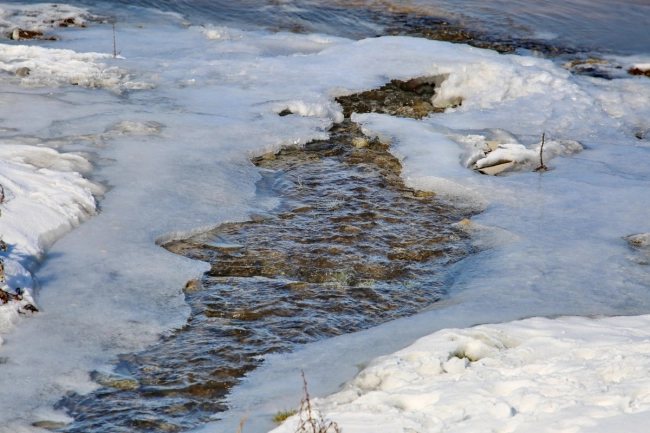
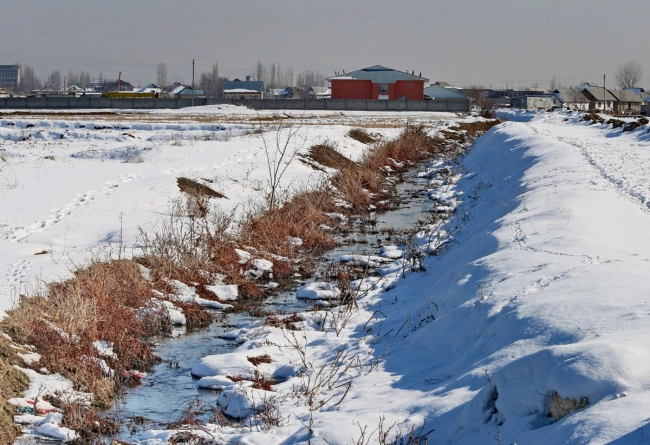


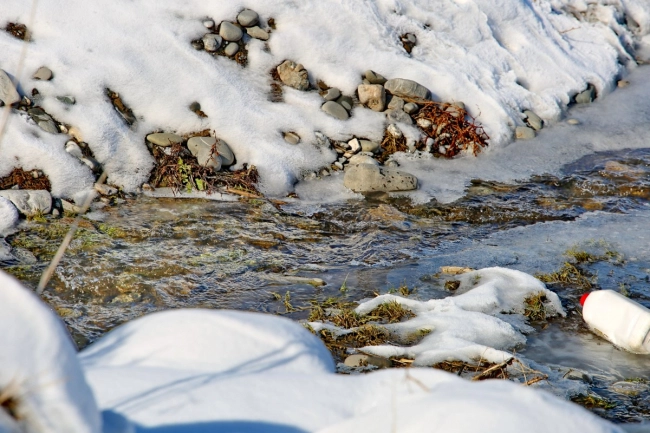
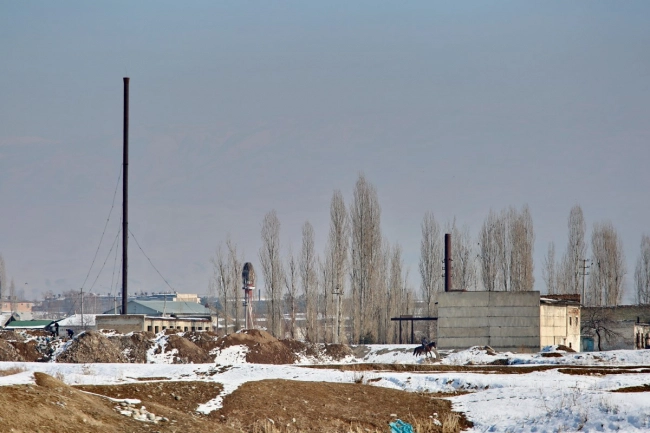



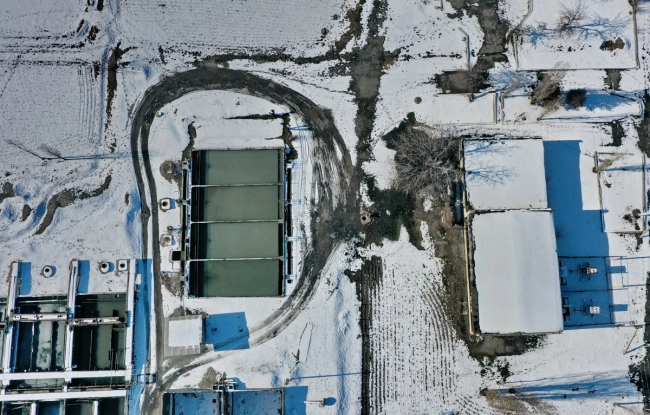



















Attention: Information based on submitted complaints